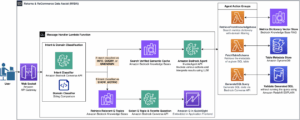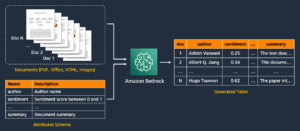Electronic devices are based on the manipulation of the electrical and magnetic properties of components, either for computation or for information storage, among other processes. Controlling magnetism using voltage instead of electrical currents has become a very important method of control to improve energy efficiency in many devices, as currents heat up circuits.
In recent years, a lot of research has been done to implement voltage application protocols for this control, but always through direct electrical connections on materials.
For the first time, magnetic properties have been induced in a cobalt nitride layer by applying an electric voltage without using cables. Now, researchers from the Autonomous University of Barcelona (UAB) and the Institute of Materials Science in this city (ICMAB-CSIC), with the collaboration of the Barcelona Microelectronics Institute (CNM-CSIC) and the ALBA synchrotron, have succeeded in modifying the magnetic properties of a thin cobalt nitride (CoN) layer for the first time by applying an electric voltage without using cables. The study is published in the journal Nature Communications.
To achieve this, the researchers placed the material sample in a liquid with ionic conductivity and applied the voltage to it through two platinum plates, without connecting any cables directly to the sample. In this way, an induced electric field is generated that allows the nitrogen ions to exit the CoN and induce magnetism in the sample, which changes from non-magnetic to magnetic.
The induced magnetic properties can be modulated depending on the applied voltage and the time of action, as well as the geometric arrangement of the sample, and temporary or permanent changes in magnetism can also be made, depending on the orientation of the sample with respect to the imposed electric field. “Achieving wireless control of the magnetism of a sample by modifying the voltage represents a paradigm shift in this research area,” explains one of the authors, Jordi Sort, ICREA researcher in the Department of Physics at the UAB.
“This is a finding that can have applications in very diverse areas – he adds – such as biomedicine, to control the magnetic properties of cable-free nanorobots, or in wireless computing, to write and erase information in magnetic memories with voltage, but without wiring.” This new methodology for achieving wireless magnetic control is not exclusive to the material used in the experiments, cobalt nitride.
For ICMAB researcher Nieves Casañ-Pastor, “these protocols can be extrapolated to other materials to wirelessly control other physical properties, such as superconductivity, memristor control, catalysis, or transitions between insulator and metal, as well as wireless electrodes for neuronal electrostimulation, to mention some examples that can broaden the scope of application and technological impact of this research.”
Referrer: MiMub in Spanish












